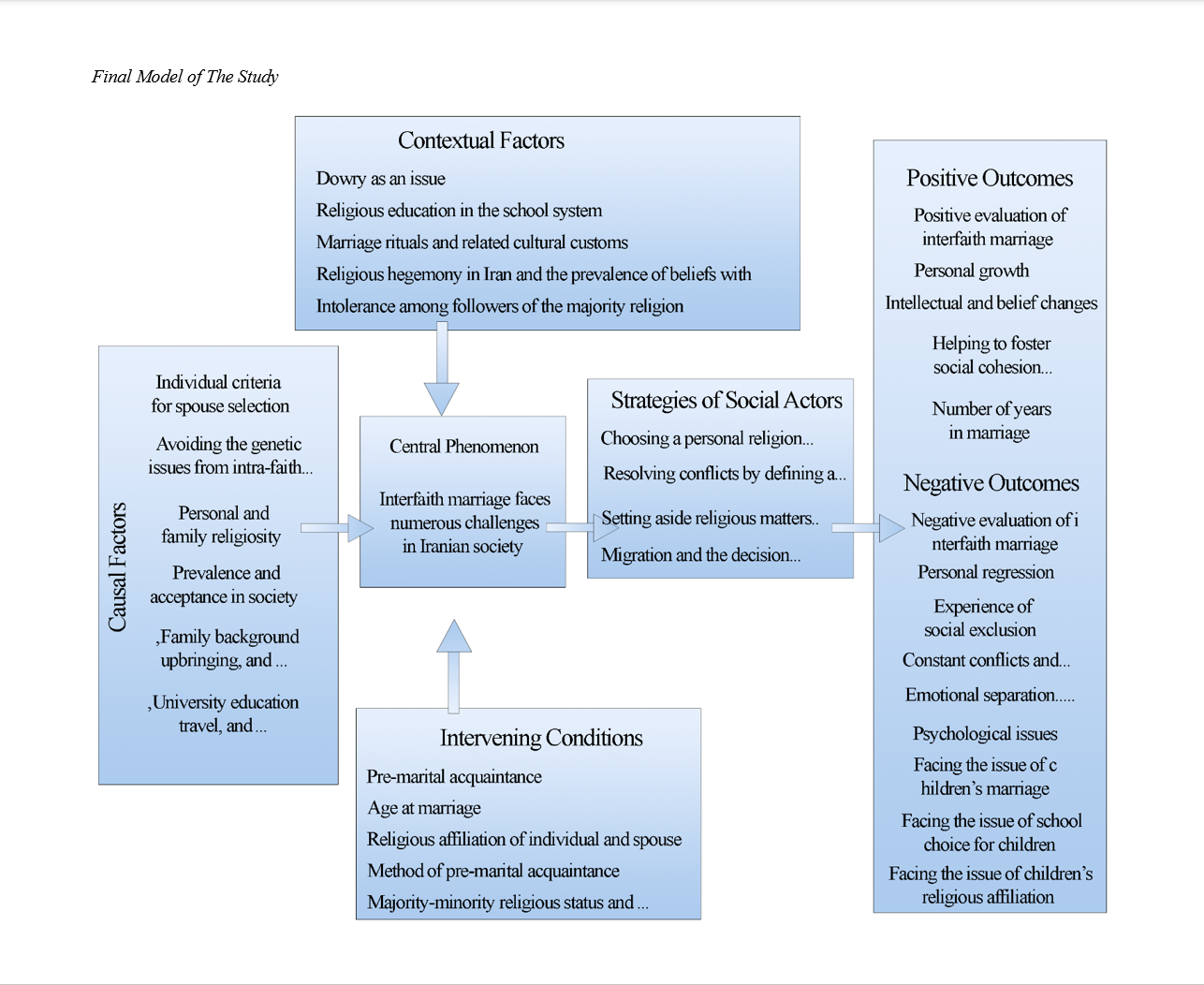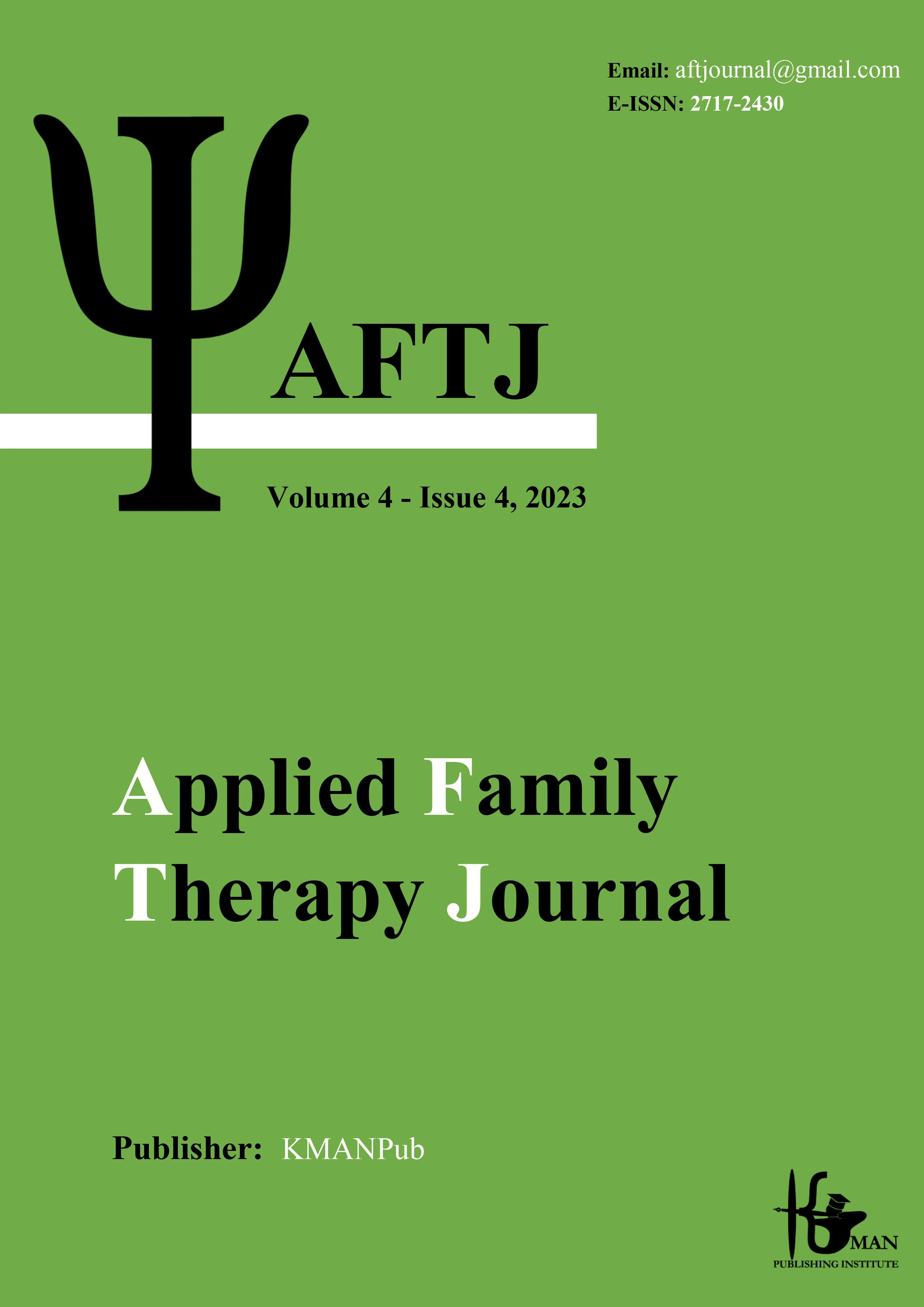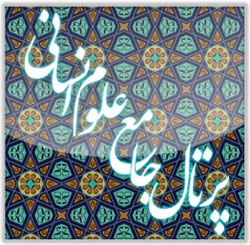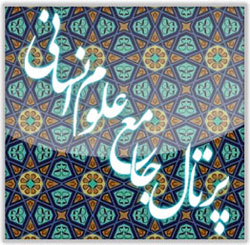Study of the Phenomenon of Interfaith Marriage Based on the Lived Experiences of a Group of Non-Co-Religious Men in Iran
Keywords:
Non-co-religious couples, Social exclusion and acceptance, Religious hegemony, Religious institutions in IranAbstract
Objective: The objective of this study is to explore the lived experiences of Zoroastrian-Muslim interfaith marriages in Iranian society, focusing on the challenges, outcomes, and strategies adopted by couples.
Methods: This qualitative study employed interpretative phenomenological analysis (IPA) to understand the participants' perspectives. Data were collected through in-depth, semi-structured interviews with 13 male participants involved in interfaith marriages between Zoroastrians and Muslims in Iran. Theoretical sampling was used, and interviews were analyzed using open, axial, and selective coding, with data saturation achieved after the 13th interview. The Atlas.ti software was used for coding and analysis to derive themes from the participants' narratives.
Findings: The findings reveal both positive and negative outcomes of interfaith marriages. Negative consequences include social exclusion, personal dissatisfaction, and emotional stress due to religious and cultural conflicts. These challenges were exacerbated by legal constraints, such as the requirement for non-Muslims to convert to Islam for formal marriage registration. On the other hand, positive outcomes included personal growth, intellectual development, and enhanced social cohesion through exposure to different religious and cultural perspectives. Acceptance of differences and maturity were key factors in successful marriages. Social exclusion and family opposition were prevalent but varied based on gender and minority status.
Conclusion: Interfaith marriages in Iran, particularly between Zoroastrians and Muslims, are fraught with complexities. While many couples experience significant challenges related to social exclusion and cultural conflicts, others find personal growth and mutual understanding through their relationships. These marriages reflect broader societal dynamics, where religious hegemony and legal frameworks play crucial roles in shaping outcomes. The study highlights the need for legal reforms and social support to foster inclusivity in interfaith marriages.
Downloads

Downloads
Additional Files
Published
Submitted
Revised
Accepted
Issue
Section
License
Copyright (c) 2024 Elham Habibi (Author); Farah Torkaman (Corresponding Author); Zahra Hazrati Someeh (Author)

This work is licensed under a Creative Commons Attribution-NonCommercial 4.0 International License.




















